Reeling and a-rocking: the Adelaide music scene in the 60s
The sonic boom that was the Beatles reverberated around the world and perhaps nowhere was the effect more apparent than in Adelaide. Over 300,000 people, about one-third of the city’s population, lined the streets when the Fab Three plus Jimmy Nicol (standing in for the tonsilitis-stricken Ringo) arrived on 12 June 1964 for the first concerts of their three and a half week down under tour.
As Beatles’ publicist Derek Taylor later recalled, ‘The city … gave us the most startling yet manageable welcome we experienced in that breath-taking, record-breaking year. There were so many people of all ages and types reeling and a-rocking with joy that it felt as good as good can be.’
The Adelaide that the Beatles descended upon was, like other Australian cities of that time, undergoing a musical upheaval. The two dominant styles pre-Beatles were fifties-style rock’n’roll (a la Elvis) and the instrumental surf sound. Prominent exponents of the former style were Barry McAskill and the Drifters who could be found playing at the Teensville Casual Club at the old Palais on North Terrace and Ray Hoff and the Offbeats, all leather jackets and motorbikes, who played the Boomerang Club at the Brighton Town Hall. Surf lifesaving clubs up and down the coast ran surf stomps featuring both so-called ‘Top 40’ bands and instrumental surf bands like Bruce Reddick and the Taymen. Establishment prejudice was alive and well however. The Adelaide University Jazz Club, headed by Bob Lott—ironically later one of Adelaide’s leading rock promoters—banned rock music from the campus until 1964.
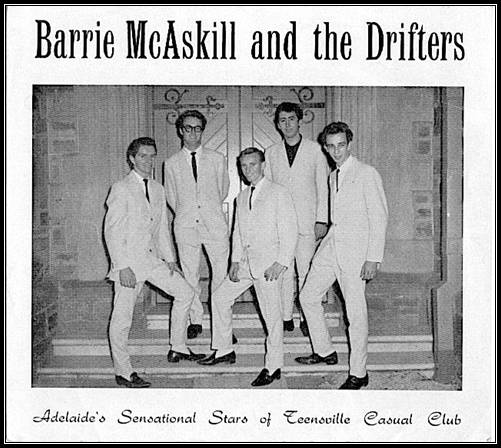 In late 1964, in a move that would prove crucial to the burgeoning beat scene, the Central Booking Agency was formed when Lott and Gary Killington, manager of the Twilights and the Hergs, were approached by Ron Tremaine and Alan Hale from the Princeton Club. The near monopoly that CBA subsequently enjoyed ushered in a scene that nurtured some of the best music and musical talent to come out of Australia. By the mid-sixties, such was the clamour to get on its books, the agency was holding auditions for bands. Lott recalls auditioning 150 bands on one weekend in those heady days.
In late 1964, in a move that would prove crucial to the burgeoning beat scene, the Central Booking Agency was formed when Lott and Gary Killington, manager of the Twilights and the Hergs, were approached by Ron Tremaine and Alan Hale from the Princeton Club. The near monopoly that CBA subsequently enjoyed ushered in a scene that nurtured some of the best music and musical talent to come out of Australia. By the mid-sixties, such was the clamour to get on its books, the agency was holding auditions for bands. Lott recalls auditioning 150 bands on one weekend in those heady days.
The Princeton Club, which operated on Thursdays at the Greek Community Hall on the corner of Franklin St and West Terrace and on Saturday nights at the Burnside Town Hall, was probably the best known club of the era. The club was set up by four schoolboys who were members of the Largs Bay Sailing Club. Tremaine later recalled the four of them worked out the only way to run a successful dance was to ‘take it right up market and give the impression that it was for college boys only.’ There were strict dress rules (collar and tie for boys), no alcohol permitted and a bevy of bouncers to keep any ‘baddies’ out. Police and parents loved it.
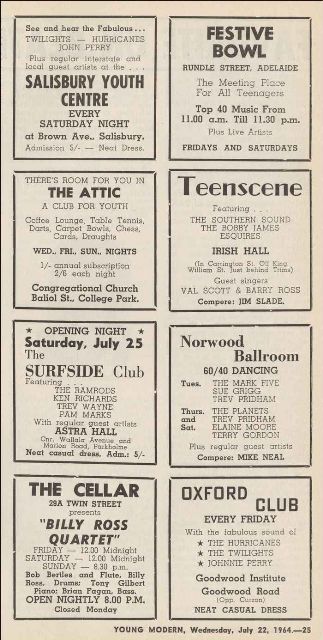 The Penny Rockets were an early attraction at the Princeton. They were the big rock’n’roll band of the early sixties and the resident band on Channel Nine’s ‘Woodies Teen Time’, fronted by Ian Fairweather. The Clefs, later to metamorphose into the Levi Smith Clefs and then Fraternity, also featured at the Princeton. The concept proved successful and profitable and a chain of venues was set up under the same management, including the Kommotion Club at the Australia Hall (later the Royalty Theatre in Angas St) and the Miami Club at the Brighton Town Hall. Other clubs, including the Service to Youth-run Oxford Club in the Caledonian Club in King William St, catered for the less high-brow market, while the Octagon Theatre in Elizabeth, the St Clair Youth Centre and the St Bernard Youth Centre were probably the biggest of the lot.
The Penny Rockets were an early attraction at the Princeton. They were the big rock’n’roll band of the early sixties and the resident band on Channel Nine’s ‘Woodies Teen Time’, fronted by Ian Fairweather. The Clefs, later to metamorphose into the Levi Smith Clefs and then Fraternity, also featured at the Princeton. The concept proved successful and profitable and a chain of venues was set up under the same management, including the Kommotion Club at the Australia Hall (later the Royalty Theatre in Angas St) and the Miami Club at the Brighton Town Hall. Other clubs, including the Service to Youth-run Oxford Club in the Caledonian Club in King William St, catered for the less high-brow market, while the Octagon Theatre in Elizabeth, the St Clair Youth Centre and the St Bernard Youth Centre were probably the biggest of the lot.
During this period, bands were all paid the same Musicians Union rates. To make more money, the incentive was to get more engagements. The scene was tremendously profitable for promoters and the scene was so healthy that CBA started bringing interstate artists in to play.
The steady stream of ten pound tourists off the boat ensured that Elizabeth—and therefore Adelaide—was right up with the prevailing trends in the fast changing mid-sixties
Elizabeth, the migrant new town to the north of Adelaide was a hotbed of musical activity. While the Twilights (below in 1967) are the most famous musical export from the area, the steady stream of ten pound tourists off the boat ensured that Elizabeth—and therefore Adelaide—was right up with the prevailing trends in the fast changing mid-sixties when Britain was the undisputed centre of the pop world.
Other major venues of this period (1967-68) included Big Daddy’s, in the basement of the Claridge Arcade in Gawler Place, the 20 Plus Club at Grote St in the city and the Burnside Town Hall and Sargeant Peppers in Flinders St.
The booming private dance scene, during which there was probably a good quality dance in every suburb, received a mortal blow when ten o’clock pub closing was introduced in October 1967.
Overnight, huge pubs like the Bridgeway at Pooraka became competition for licensed dances. Venues such as Sergios at The Tonsley Hotel, Fiesta Villa at the Findon Hotel and Abergavenny at the Victoria Hotel, O’Halloran’s Hill, sprang up and with them, bands whose music appealed to an older audience. They included Fahrenheit 451, featuring a young Graham Bidstrup (later of the Angels and GANGgajang) on drums, Travis Wellington Hedge, featuring Graham Goble, later of Mississippi and the Little River Band and the Hendrix-influenced James Taylor Move.
Johnny Broome and the Handels formed in Elizabeth and then, obviously not lacking in self-confidence, went back to the UK to try their luck
Kevin Peek (later of UK-based classical rock band Sky) and Alan Tarney (who went on to produce hits for Cliff Richard, Leo Sayer and Dream Academy) were members of Johnny Broome and the Handels, a group that formed in Elizabeth and then, obviously not lacking in self-confidence, went back to the UK to try their luck. After not exactly setting the UK on fire, the returned to Adelaide and, influenced by the psychedelic power blues of Hendrix and Cream, formed the James Taylor Move in 1967. They moved to Melbourne in 1968 but failed to crack the scene there, despite releasing the impressive single ‘Magic Eyes’. They added a young Wendy Saddington on vocals but she didn’t stay long, leaving to join an early incarnation of Chain.
Early in the piece, the grittier rhythm and blues bands had found a happy home in the underground cellars and basements of the city centre. The Masters Apprentices (pictured above) were the chief draw at one of the first, the Beat Basement, down the east end of Rundle St. By 1968, the Scene in Pirie St, just round the corner from the Town Hall, was playing host to bands like Inside Looking Out, the Five Sided Circle and Syssys and the Inferno in Bloor Court off Currie St was featuring Hard Time Killing Floor and the Abraham Lott Blues Band. But the most influential of these was the Cellar, in Twin St, off Rundle St. Impresario Alex Innocenti, who also ran a fashion boutique above the club, parlayed the success of the Cellar into massive all day blues concerts at the Glenelg Town Hall. These featured headliners from interstate, like the barnstorming boogie of Billy Thorpe and the Aztecs and Sydney’s brassy Heart and Soul. These events also enabled local blues rockers like Bucket, W.G Berg and Red Angel Panic to play to a large audience.
The scene received valuable exposure on both local TV and radio. Channel Seven had Action, hosted by 5AD DJ Bob Francis, who had been instrumental in getting the Beatles to come to Adelaide (it wasn’t on their original itinerary). It was a live in the studio show with go-go dancers, a real energy and excitement and the potential to make local artists into local pop stars very quickly. In 1967, Channel Ten launched In Time hosted by Noel O’Connor, another live in the studio affair that gave valuable exposure to local acts. 5AD and 5KA were the Top 40 stations of the period and both willingly played records by local artists. Getting played on Melbourne or Sydney radio was however a far more difficult proposition. Of the mass of local talent that emerged in the period only really the Twilights, the Masters Apprentices, the Vibrants and Zoot made a national impression—and all had to move to Melbourne to do it.
An earlier version of this piece was published on the Real Wild Child CD-ROM (1997).
* * *
Reeling and a-rocking (playlist)



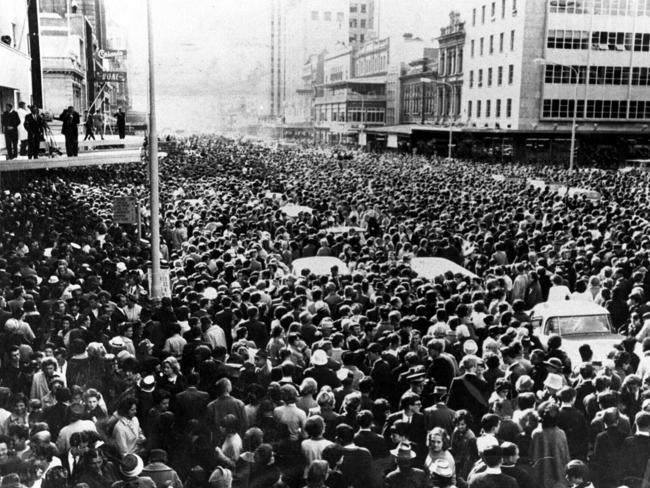
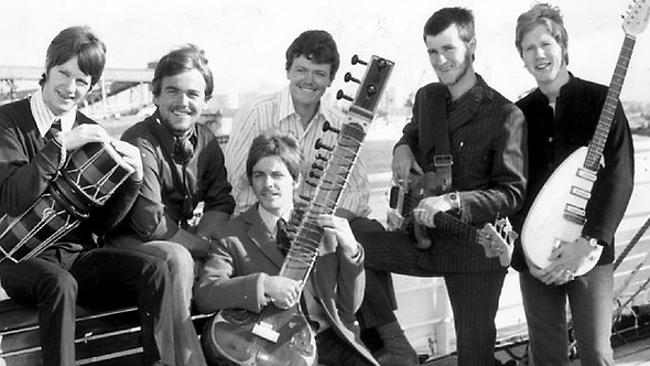
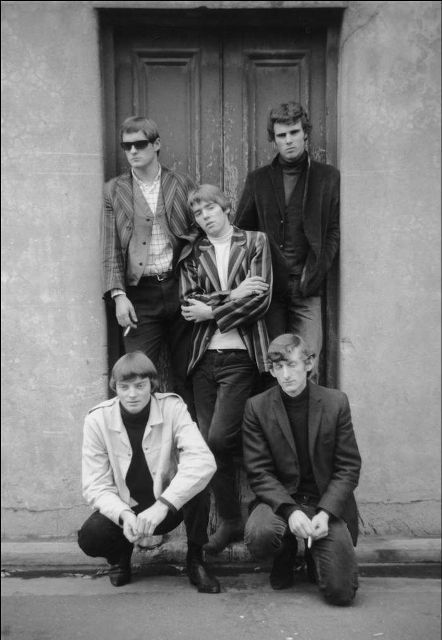
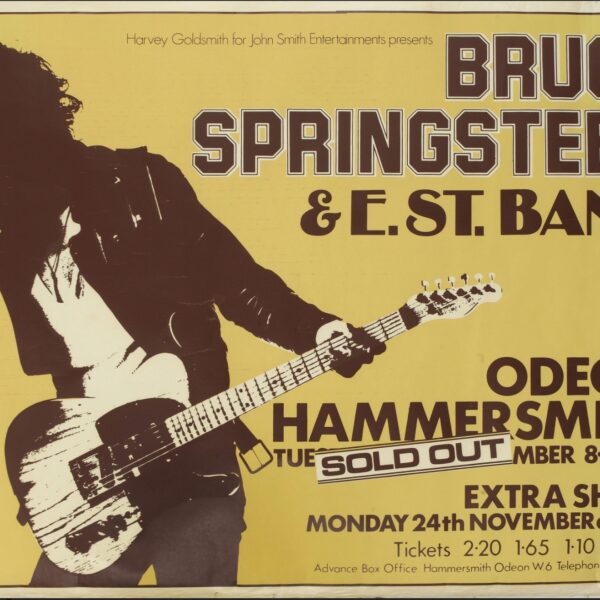

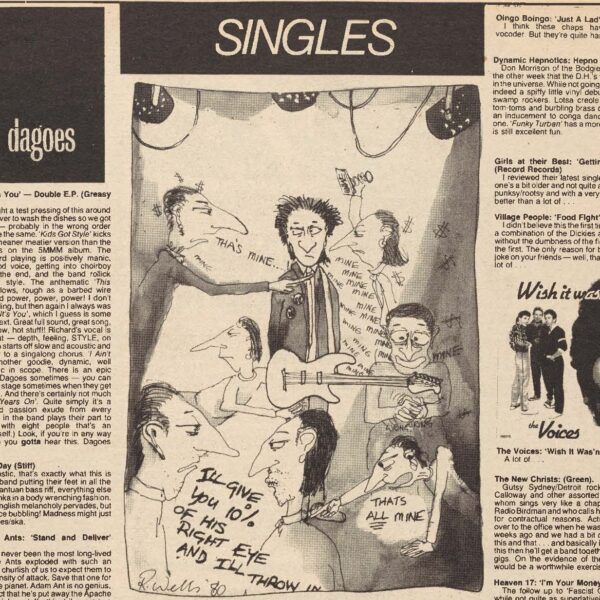
ADELAIDES NUMBER ONE BAND WAS THE LONDON CRIERS
Inferno freakout held at the advertiser sound shell attracted over 15,000 fans and had 7 bands on stage
Hi Paul – I do have a vague recollection of this. Do you recall the date and the bands that played?
Was there an Adelaide group in the 60’sor 70’s that had two sets of brothers in it. or a group with brothers. Thanks
Good question – but can’t think of any off the top of my head …
One group with two brothers was the Mixtures featuring Evan and Idris Jones. They were famous for the Pushbike song.
1962,I was having a drink with Barry McCaskill and Cole Joye in an upstairs bar in Adelaide.Met Barry,1961,he and a geezer from Guildford,or Richmond UK.firmed a band called the Rock a Longs.playing at the immigration camp on the Port Adelaide Rd,,next to the Flinders Pub.and a church hall in Salisbury.I sang a few songs with them, Willie and the Hand Jive was my lead song.Ain,t been in Adelaide since October 1963,,but planning a trip 2019.Traveled the with a few times since then.Spend my time between Newcastle,London,and Europe now.Remenber my time there with great affection.Love the memories..Victor Clarence Parker..
Great stuff – thanks for sharing Victor!
Jim Popoff ran Big Daddies in the 60s. Is he still around? I remember Ding Ding (Denise) as the go-go dancer and Little Patty. Malcolm Stark was Jim’s sidekick. Am looking for him. Was family friend.
Was it the ram jam big band at the Princeton club. Fair few musicians in the band, trumpet, sax. I bought their single My Girl. Fabulous..
‘THE FOUR TONES’ ( 1958 – 1965) were the vocal group that performed with the “PENNY ROCKETS” at over 1,000 shows. The group conisted of two sets of brothers — Peter and Garry KNOBLAUCH and John and Leigh TINGEY
Over 400 of these performances were at the PRINCETON CLUB
Just looking at the old days and came across Big Daddy’s and Jimmie Popoff, I was a Go Go Dancer at that club, went to do various variety and tv shows and ended up at Moulin Rouge in Paris. Haven’t found any photos of that club so far, shame!
The Four Tones comprised two sets of brothers.
Hi Guys, like others, just going back to the old days. Just to make a correction on “Victor Clarence Parker”
the road he speaks of is called ” Grand Junction Road ” those immigration camps are now gone and now have new homes built on them. The ” Flinders Hotel ” is now called ” Grand Junction Tavern ” and like all things has been upgraded.
To ” Marilyn Griffiths “, the under-ground part of ” Big Daddy’s ” is still there and is now a chemist and perfumery shop as for Jimmy , Well I’m 72 now I was 18 when I was going there, his Mum made nice toasted cheese
sandwiches, I also use to go to a club called ” Sgt. Peppers ” , around the next street, I saw ” Billy Thorpe ” at the Adelaide Uni. ” Ray Brown and the Whispers ” at the Palais in North Terrace, and ” Normie Rowe ” at the Adelaide Royal Show Grounds, would you beleive performing inside a large TENT
Alas then came “VietNam ” and spoiled everything……..
Does anyone remember an Adelaide band called The Revaro’s or something similar. I did find the name previously but cannot track it down again. I may have misspelt the name. I feel like they named the band from a watch. Sorry all a bit vague but I do know they did exist. I would like more details. Hope someone can help.
I started work in Adelaide in January 1962 six months before the Teensville Casual Club began on Saturday nights with Barrie Mc Askill and the Drifters. A terrific band and Barrie did great work with Carl Perkins numbers as I remember. We also had the Princeton Club at The Greek Hall on Thursdays and later on the fabulous Twilights at the Oxford Club on Fridays. With the Delairs at the St Clair Youth Centre and Doug Ashdown occasionally at the Catacombs, Adelaide was a great place for teenagers in the 60’s.